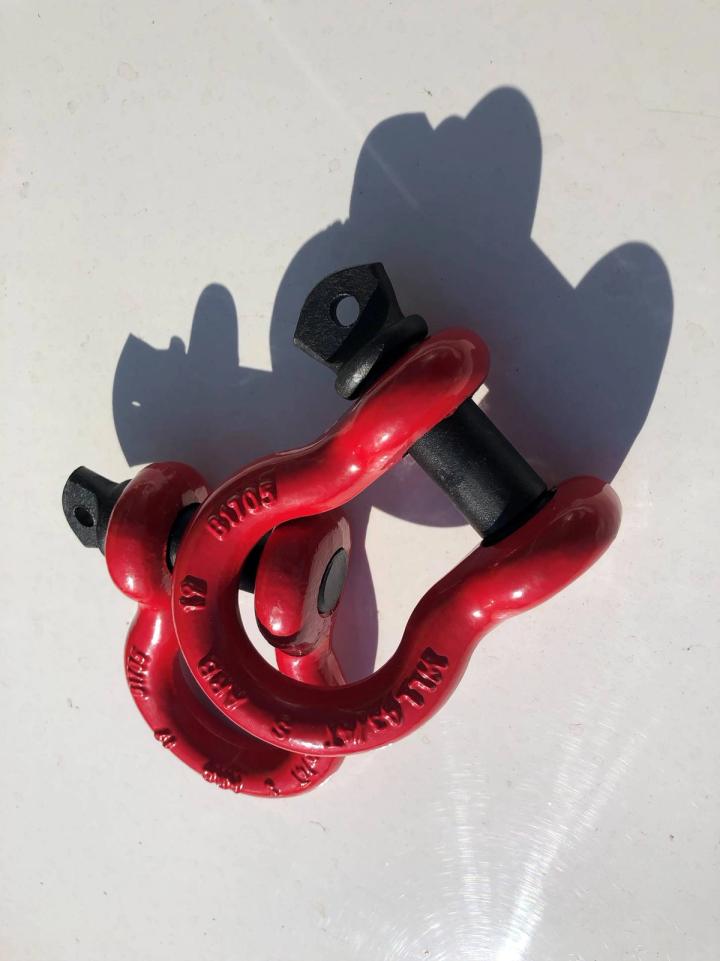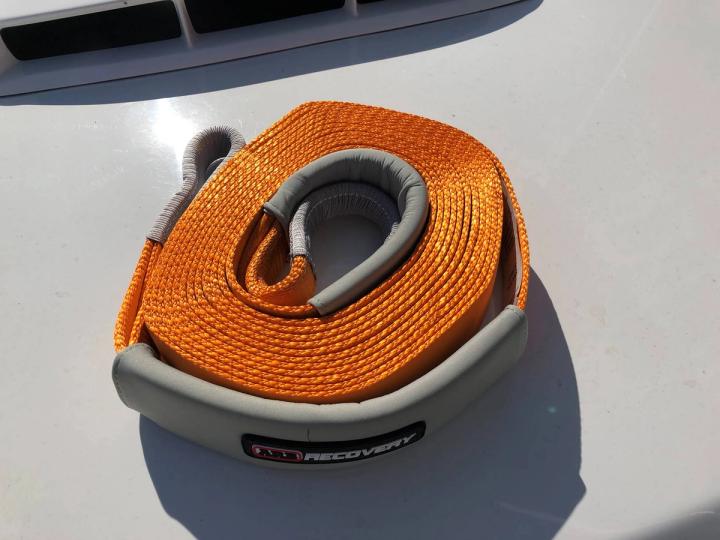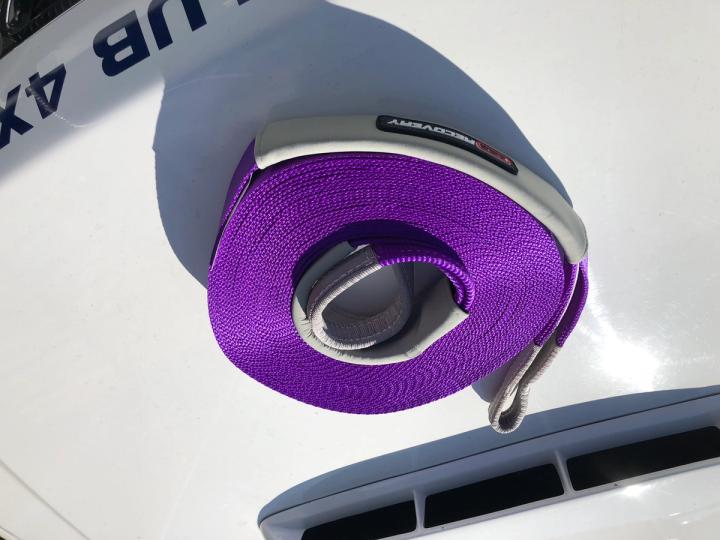Club 4X4 Safety Series: Recovery Kits
Recovery Kits. They’re like the packet of serviettes you bring along to the BBQ – good to have because there’s sure to be a mess after having a wonderful juicy steak or sausage, but as attractive …

Recovery Kits. They’re like the packet of serviettes you bring along to the BBQ – good to have because there’s sure to be a mess after having a wonderful juicy steak or sausage, but as attractive as the sausage? Decidedly not.
After a short hiatus we have decided to jump back in to our Safety Series and this week we are going to look at the humble but incredibly important Recovery Kit.
The nature of four wheel driving is that we traverse a range of different landscapes and terrains. Some of us like to challenge ourselves and our vehicles and some of us while enjoying the process of getting there, are more about touring and getting to the destination. Either way to completely enjoy this hobby and truly get to those amazing locations sometimes we run the risk of getting stuck, bogged and in need of assistance or recovery.
Having the basics recovery gear in your vehicle and in serviceable condition is absolutely imperative if you want to ensure you can get yourself out of some of these sticky situations – whether you’re on your own or travelling in convoy.
So what should I have in my kit?
1. Rated shackles – obviously this prerequisites having rated recovery points being mounted on your fourby– front and rear if possible. Many people will use the rear towbar hitch pin rather than a recovery mount but we still think where a purpose mounted item can be used, it is preferable. Note that there are various shackles available to use as the attachment point between your recovery device and your rated mount – ensure that they are rated to the right weight in consideration of the weight of your rig.

proxy
2. Dampener – I’ve seen people use many different things to dampen a snatch strap or a wing line – but you can’t really go past a purpose design and heavy duty line dampener with room to fill with stone’s or pebbles to further weigh it down. The key is to position the dampener in such a spot where the total length of strap on each side cannot rebound and damage either vehicle. I have seen some recommend two dampeners at the first third and second third of distance of the snatch strap or winch line.

IMG_0812
3. Snatch Strap – perhaps the most commonly used piece of recovery equipment out there. A snatch strap is an elasticised length of webbing that is connected to two vehicles and utilises this elasticity to create a pull that will remove the vehicle that is stuck from its position. The idea is to minimise the impact or potential for damage that items like chains possess. Ironically the humble snatch strap can cause a world of pain when used without the appropriate mounting points shackles and dampeners. Like most items, consider the weight of your setup and ensure you have a strap that is suitable for your needs.

proxy (1)
4. Tree Trunk Protector – This is for the more adventurous ones who get out exploring on your own. So, if you don’t have a vehicle with you to help snatch you out, you can utilise your winch, if you have one attached to your vehicle. However, the idea of a winch is to attach it to something that is secured and sturdy that can support the weight of your setup as the winch rolls in the line.

proxy (2)
5. Snatch block – another addition to your recovery arsenal that is only relevant if you have a winch. A snatch block will help you with specific, difficult recoveries but also can assist with moving fallen trees or debris on a track as well as lighten the load on your winch by allowing a double line pull.
6. Winch Extension – there are times where your winch line will not be long enough – should you have one attached. An extension is rate and a safe way to extend your reach without unnecessary risks. Just remember that you should sue a dampener when deploying your winch as well as using a snatch strap – in both cases large forces are being utilised that can cause injury, maim or kill at worst if the appropriate care isn’t taken.

IMG_0866

IMG_0812
Other notable items that can assist in the use of the above items include a good shovel (multiple purposes when remote!) and make sure you have a great set of gloves in your kit. You’ll be thankful when you go to use them!
Finally, having all the gear and not knowing how to use them is almost as bad as not having the gear at all. Go and get yourself an off-road driver training course or join your local 4X4 club. The correct knowledge around use of these items can quite literally be life and death, so ensure you get the right knowledge from a trusted source before using any of these items in anger.
Happy touring
Kalen

